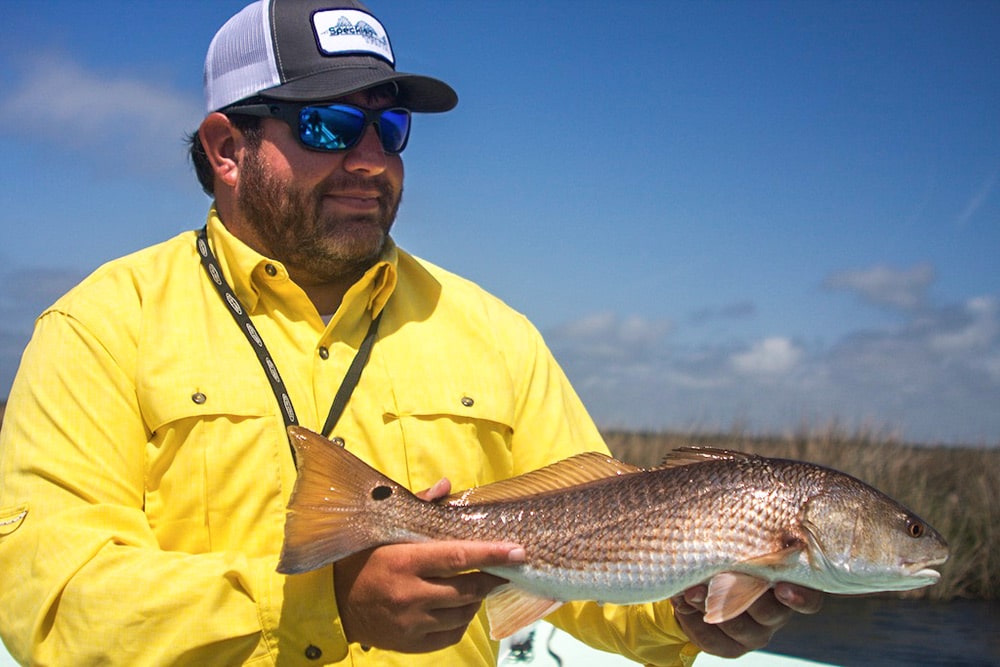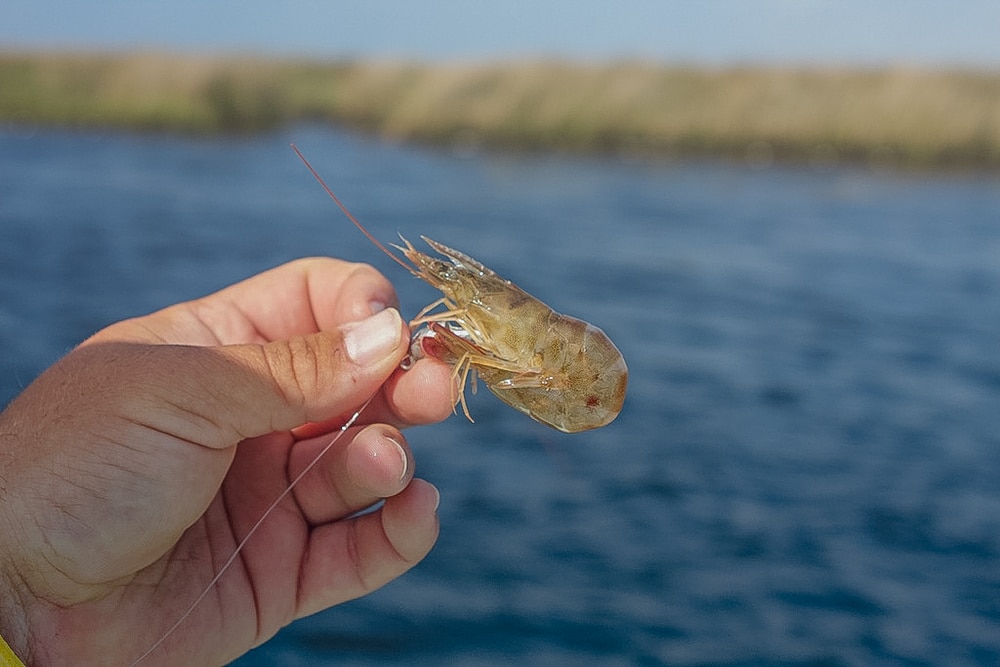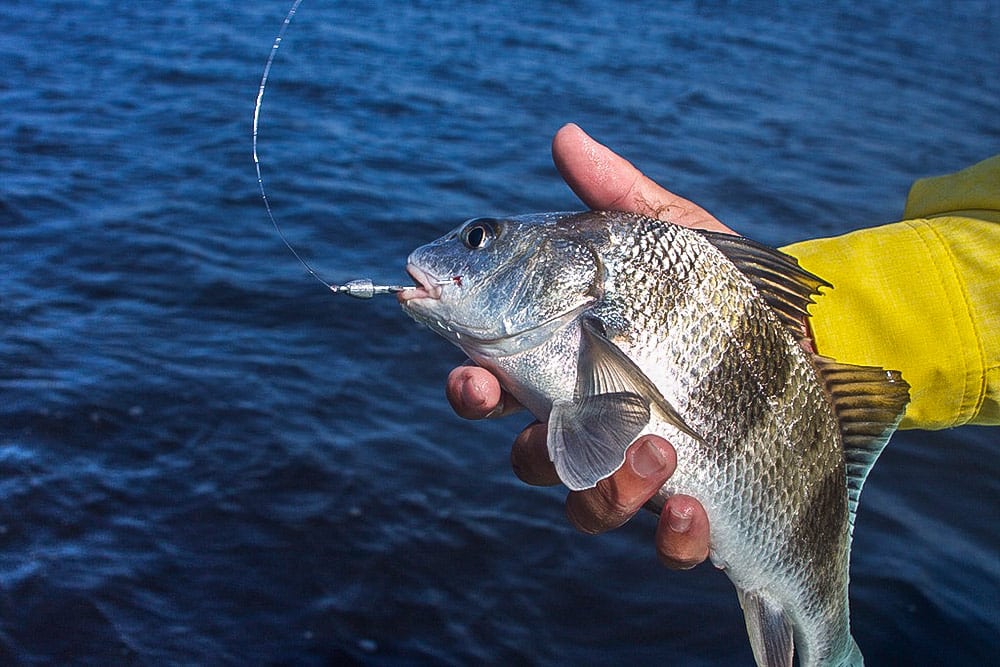
Winter can be a challenging time inshore throughout much of the Southeast. The flats are mostly void of bait and lower water temperatures force game fish into the deeper holes of tidal rivers and creeks for relief. When that happens, a simple yet effective technique can produce double-digit catches.
“December through February are the prime months for this style of fishing,” says Capt. Evan Snow, who targets Florida’s Big Bend coast from St. Marks through Keaton Beach. “Once the water dips below 72 degrees it’ll stay good until it reaches the lower 50s. Most of the holes are six to eight feet deep at low tide and the best ones have oyster or sand bars around the edges. All are tide dependent and with the winter north winds and negative lows, you’ll need at least 1.5 to 2 feet of water to access them.”

Snow arms his clients with spinning outfits loaded with 12- or 15-pound braid and 12 inches of 20-pound fluorocarbon leader. He ties on a 1/4-ounce plain lead-head jig with a Mustad hook and impales live or fresh dead shrimp in the chest, leaving the point buried in the tail. The bait is then fan-cast throughout the hole, the adjacent creek channel and along the drop-offs of the surrounding bars.
“I just let the shrimp roll along with the tide,” he explains. “If the fish are there, you’ll usually find them pretty quick. I like to keep the line fairly tight to feel the bite. Little baitfish will peck at the shrimp, but generally you don’t get hung up too often.”

The action wanes on full moons, but on new moon and other phases, Snow occasionally catches reds over 30 inches and up to 10 pounds. Slot fish 20 to 27 inches are the norm. The bigger fish typically strike first, followed by smaller “rats” or puppy drum. Spotted seatrout, sheepshead and black drum are frequent bycatch.
“When it’s on, you can catch a red on one cast and a trout on the next,” Snow adds. “The key is quietly setting up as soon as you can gain access to the creek. The fish will move around. If I hit 10 spots in a day, three or four will produce on the average.”









